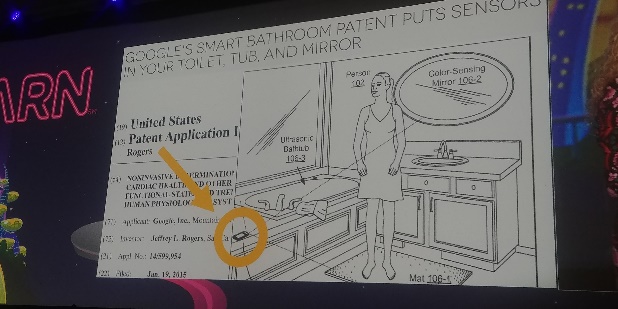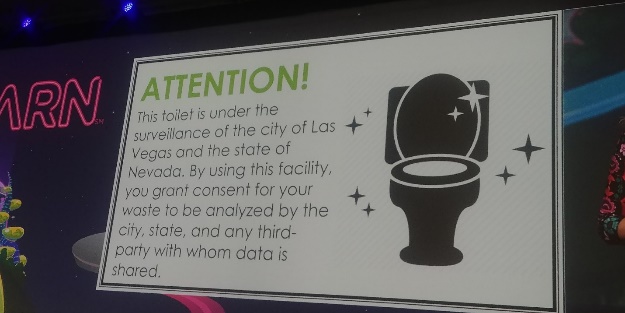DevLearn 2017 wrapped up with a thought-provoking closing keynote,“How to Think Like a Futurist,” by Jane McGonigal, PhD, director of gamesresearch and development at the Institute for the Future. She helped us levelup our powers of creativity and imagination for thinking about the future.
First-person thinking
McGonigal compared two ways to imagine the future: using impersonalfacts or thinking in the first person. One example of possible future facts:“In the future, there will be a climate change. By 2050, sea levels may rise byas much as 9 feet and 750 million people may be displaced.” Such dry facts donot connect you to your possible future or help you think like a futurist.
First-person thinking connects you to your future selfbecause the brain fires up faster, with more flexibility, making moreconnections (Figure 1). To create connections, imagine more details in yourpersonal future. Here is the first-person example she gave for a possiblefuture: “I’ll be 72 years old in 2050. The two airports I use now will both beunderwater. Flying will be less reliable due to extreme weather, so I’ll livenear my grandkids.”

Figure 1: Connect to your future self with first-person thinking (ChuckHolcombe, The eLearning Guild)
Don’t be a stranger to your future self
Something else to keep in mind is that when we try toimagine ourselves far into the future, we are likely to see a stranger. So, toconnect with your future self, begin by imagining your future self just 5 or 10years into the future. Imagine a stronger and better future self.
Questions to ask about possible futures
Think ahead 10 years and imagine how you will betransformed. How different will family life be? Will you be married? Will youhave children? What will you do to make life better for your future self and family?
Also consider what kind of change a possible future represents. From what to what? Whatwill the world be like in 10 years if a certain imagined future becomes common? Is this a future you want? To guideour thinking, McGonigal quoted a criterion from futurist and professor JimDator of the University of Hawaii: “Any useful statement about the future shouldat first seem ridiculous.”
Creative foresight and recognizing signals
While imagination and creativity are crucial to futurethinking, we don’t need to base future thinking purely on conjecture if we learnto recognize signals of possible futures. In 2015, Google filed patents toembed sensors into bathrooms in toilet seats, bath mats, mirrors, and sinksthat could gather information about a body’s electrical patterns and functionalstate (Figure 2). This is a signal of possible futures. McGonigal suggested weimagine attending DevLearn 2021, then imagine an artifact from that future inthe form of a sign (Figure 3) in the convention area bathrooms. Would you use oneof these toilets?

Figure 2: The Google patent is a signal of possible futures (ChuckHolcombe, The eLearning Guild)

Figure 3: This sign is an imagined artifact from the future (ChuckHolcombe, The eLearning Guild)
Practice future-thinking by watching for signals, imagininghow a signal would affect your life. Fill that you-shaped hole in the futurewith your reactions and solutions to possible futures.
For a visual interpretation of McGonigal’s keynote, “How toThink Like a Futurist,” check out the sketchnote created by Kelly Kingman ofKingman Ink (Figure 4).

Figure 4: Sketchnote of Jane McGonigal’s closing keynote atDevLearn 2017 (Kelly Kingman, Kingman Ink)







